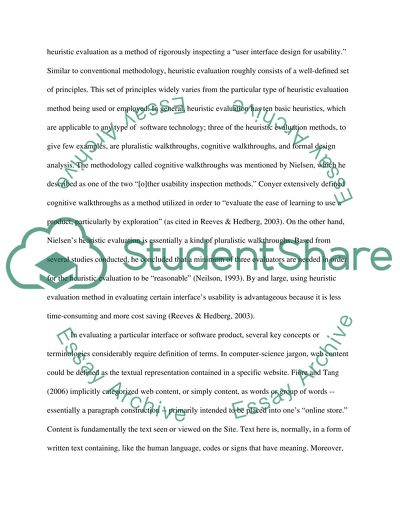Cite this document
(Weaknesses of the Web Content of Senegal-Tourism Com Compared with Its Research Paper - 1, n.d.)
Weaknesses of the Web Content of Senegal-Tourism Com Compared with Its Research Paper - 1. Retrieved from https://studentshare.org/information-technology/2027907-e-tourism-the-global-hunter-website-evaluation
Weaknesses of the Web Content of Senegal-Tourism Com Compared with Its Research Paper - 1. Retrieved from https://studentshare.org/information-technology/2027907-e-tourism-the-global-hunter-website-evaluation
(Weaknesses of the Web Content of Senegal-Tourism Com Compared With Its Research Paper - 1)
Weaknesses of the Web Content of Senegal-Tourism Com Compared With Its Research Paper - 1. https://studentshare.org/information-technology/2027907-e-tourism-the-global-hunter-website-evaluation.
Weaknesses of the Web Content of Senegal-Tourism Com Compared With Its Research Paper - 1. https://studentshare.org/information-technology/2027907-e-tourism-the-global-hunter-website-evaluation.
“Weaknesses of the Web Content of Senegal-Tourism Com Compared With Its Research Paper - 1”, n.d. https://studentshare.org/information-technology/2027907-e-tourism-the-global-hunter-website-evaluation.


